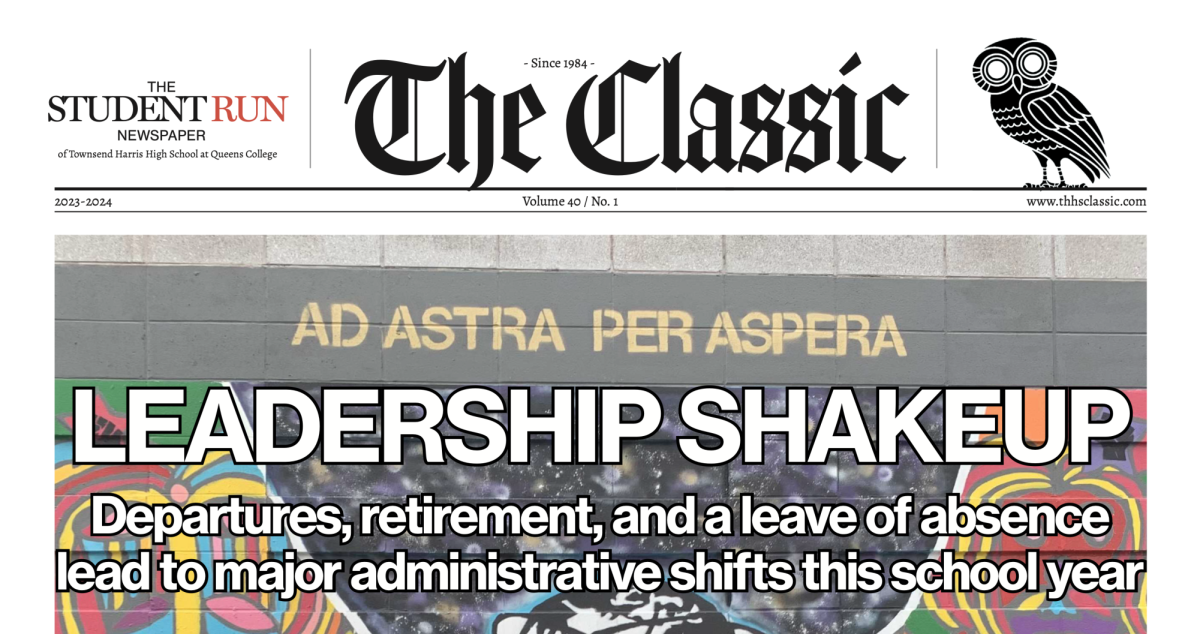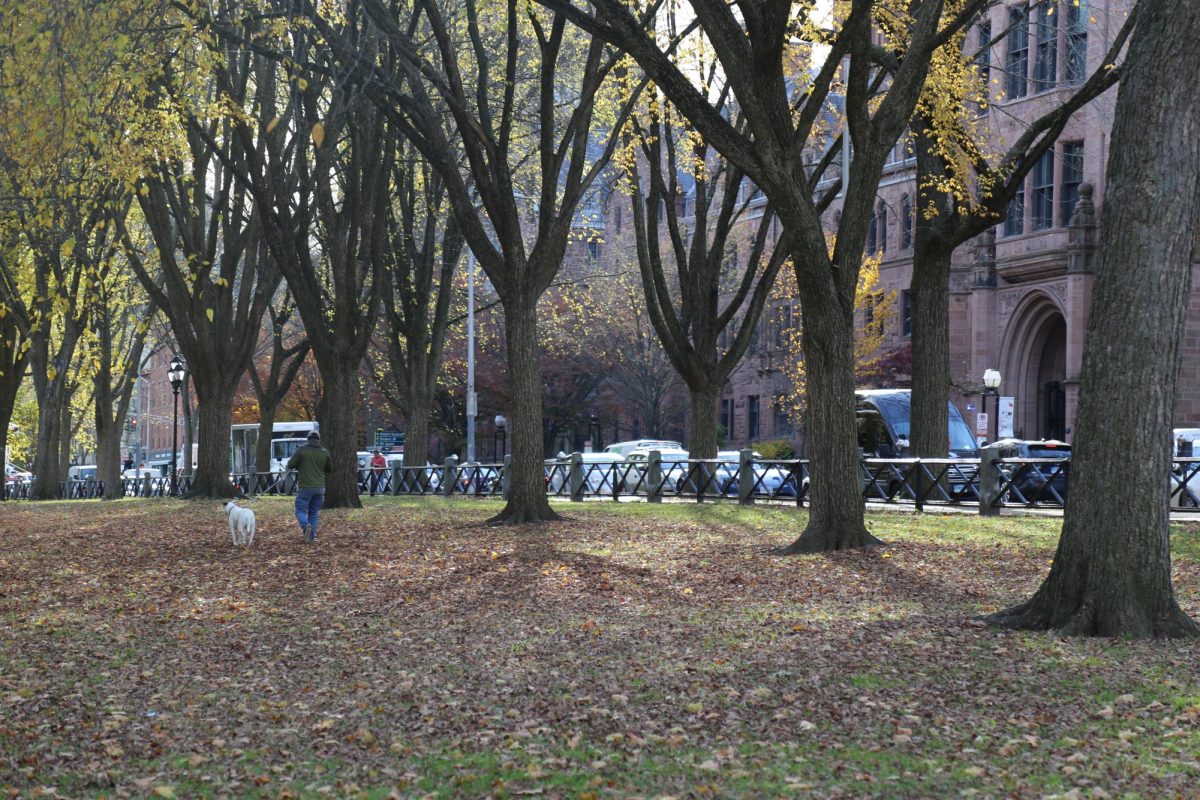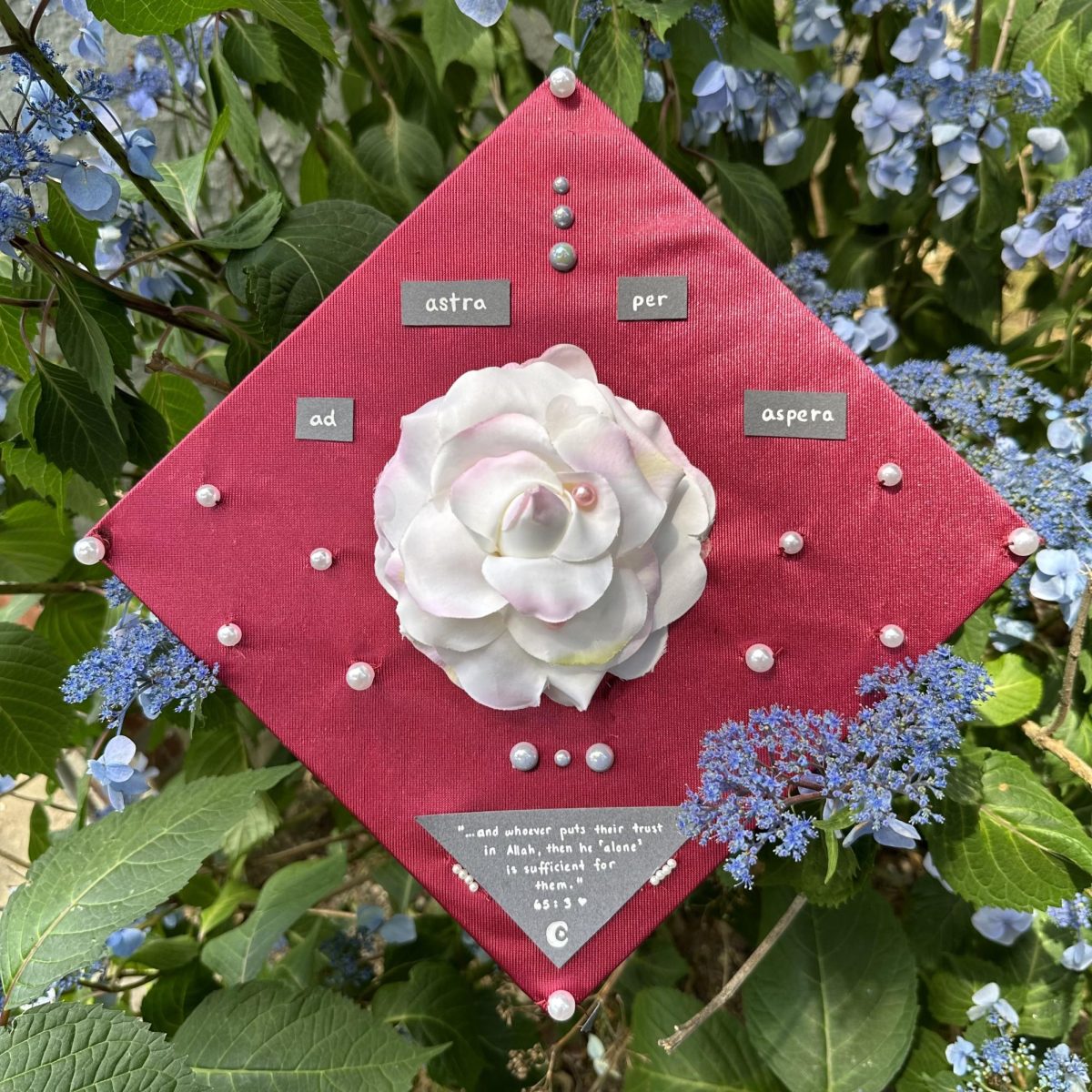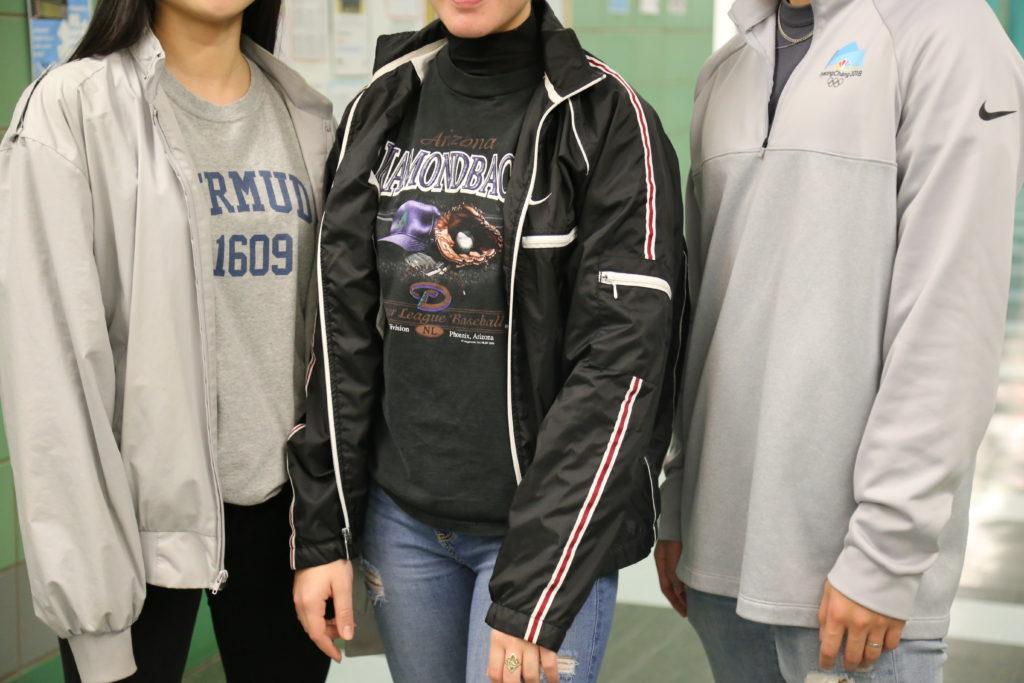
H&M, Fashion Nova, Forever 21, SHEIN, Urban Outfitters. All of us have shopped from these stores at least once in our lives, but that isn’t the only thing that these stores have in common: “fast fashion” brands. Fast fashion is an industry that provides inexpensive clothes that are quickly manufactured and tailored to the taste of average consumers. These brands work by implementing the latest trends into their clothing and producing new designs when these clothes sell out. This method makes the clothing that we already bought look old, causing us to desire and buy the newest designs. This process is a never-ending cycle that hooks consumers to shop and throw out.
Even though it is now easy for shoppers to constantly be in style, ever-changing trends have damaging consequences for the environment. Fast fashion is the second dirtiest industry in the world. As stated in Business Insider, the fast fashion industry releases 10% of global emissions. As the industry expands, this percentage will only increase. Garment factories release the most greenhouse gases, which contributes to global warming. The toxic runoff from these factories pours into local rivers, making them too dangerous for human/animal contact. According to Rainforest Action Network Magazine, 120 million trees around the Earth are being chopped down every year for fabrics such as rayon.
As a result of fast fashion, SustainYourStyle points out that we wear clothes that we buy approximately 7 times before getting rid of them. Putting this into perspective, for every ten shirts that we purchase, our grandmothers purchased two. The McAllister Environmental Group reports that on average, an American throws out 82 pounds of textile waste every year. This trend of buying more causes us to discard more clothes which, in turn, makes our landfills larger.
You don’t have to be a part of a protest or a march to help limit the power of fast fashion. It all starts with the changes that you make in the way you shop. For many people, hearing the term “shopping sustainably” reminds them of thrifting. Thrifting has become a popular activity in recent years as it is cheap and helps keep clothing out of landfills. Additionally, thrifting helps consumers find their own unique style since they know that no one else will have the pieces that they purchased. “I don’t always know what I’m going to find, and when I do find something it makes me feel very accomplished,” said sophomore Kate Romero, who has been thrifting for almost three years now.“Every time I thrift, I find better deals than the last time and it inspires me to dress even more sustainably. For me, thrifting is a win-win since it helps me to expand my wardrobe and style while benefiting the environment.”
However, for many people, thrifting does not seem conventional. Sophomore Fay Wong stated that, “[She] tried thrifting and felt that [she] couldn’t fit thrifted clothes into her everyday style.” People often associate thrifting with people who have certain aesthetics (retro, vintage, e-girl, etc.). The more you thrift, the more you can find clothing and develop a style for yourself. Fay also pointed out that she doesn’t have time to go thrifting, as it isn’t as easy as buying clothes online or at the mall. While this may be true, it doesn’t mean that shopping sustainably is difficult to do.
As a beginner, sustainable fashion may seem like an extremely broad term. However, there are many forms that this topic can be broken down into, as it doesn’t only include thrifting. One way to dress eco-friendly is to make your own clothing. You can embroider shirts or even make your own accessories. This goes hand in hand with upcycling, the process of reusing materials and making your own creations. You can upcycle old vinyls by painting on them and creating your own art piece. You can even upcycle shirts by cropping them, adding cuts/tears, adding beads or anything your heart desires. The main point of shopping sustainably is to shop in ethical places. It is extremely easy to find stores that create sustainable clothing thanks to our modern-day internet. Some ethical brands include but aren’t limited to Levi’s, H&M Conscious, Reformation, and Patagonia.
Thrifting for the first time can be difficult for many. Here is some advice from some fellow Harrisites who have mastered the art of thrifting.
NYC Thrifting Guide
Contributions by sophomores Nikki Chang and Audrey Chou, and juniors Sara Tekin and Victoria Ciszewska
- Always be considerate about size! If it’s slightly bigger than what you normally wear, think of how you could fix it (crop it, roll it up, etc.) You never know what you might create out of something. However, if it’s too big/too small it isn’t worth buying since you most likely won’t wear it.
- Thrifting can take a long time and be very overwhelming. It is important to stay patient and look through every single item on a rack. Don’t always expect something that you might find at Brandy Melville or Urban Outfitters. Don’t get discouraged as you will have bad days and good days but it’s always better to thrift with a friend.
- Utilize dressing rooms! This way you can see if something fits and looks nice on you. Make sure to wear comfy materials when shopping so you can easily change.
- Try different styles, you never know what you might like. Shop all sections regardless of your age or gender. You might find some nice graphic tees in the men’s section or shirts that fit you in the kids’ section. It’s important to keep an open mind!
- Make sure to thoroughly examine the clothes that you get! There might be holes, stains, or rips that you might’ve not seen before! Washing your thrifted clothes before you wear them is a must! Also, carry hand sanitizer while you thrift.
- Garage sales have home-esque items that can pull any room together. Most thrift stores have aisles with jewelry and room decor. You can find cool things such as a pendant, or a record, or even a chair that you can upcycle and make into something unique!
Thrift stores that you have to check out:
- L Train Vintage (chain of stores: Brooklyn and Manhattan)
- Urban Jungle (is part of L Train Vintage: Brooklyn)
- Salvation Army (chain of stores)
- Goodwill (chain of stores)
- MyUnique (Jamaica, Queens)
- Aquaduck Flea Market (next to Gateway Center in Brooklyn)
- Beacon’s Closet (Brooklyn and Manhattan)
- Check out online thrift store/second hand selling apps like: depop, poshmark, and thredUP
Photo by Katrina Dydzuhn, Photography Editor.





























